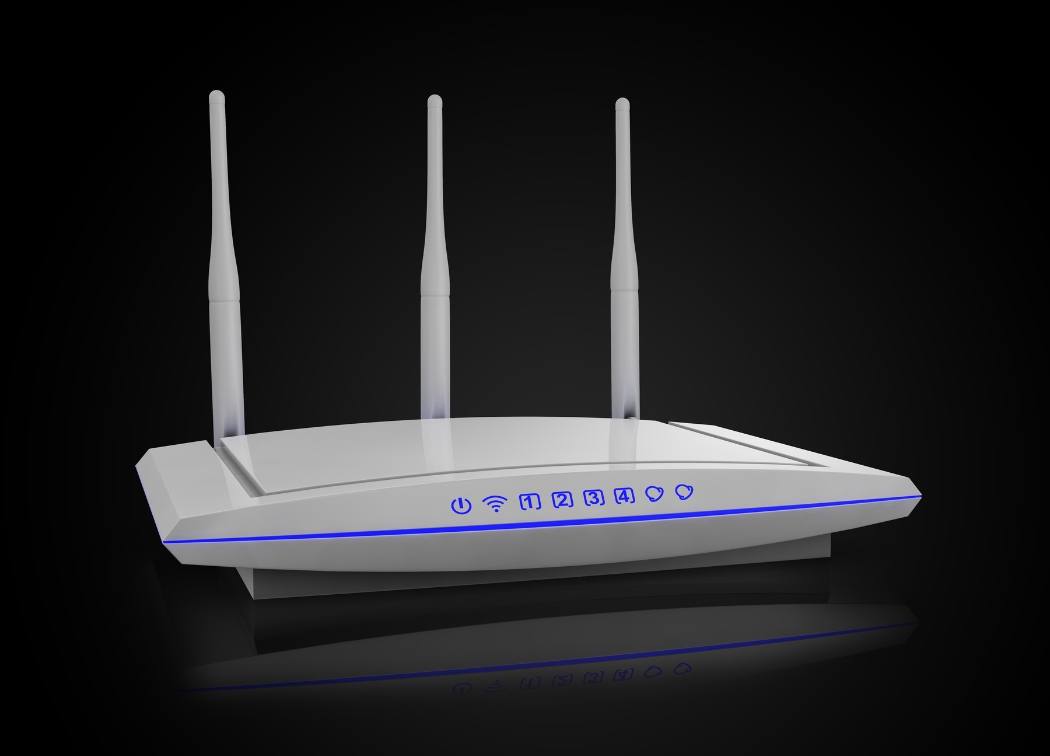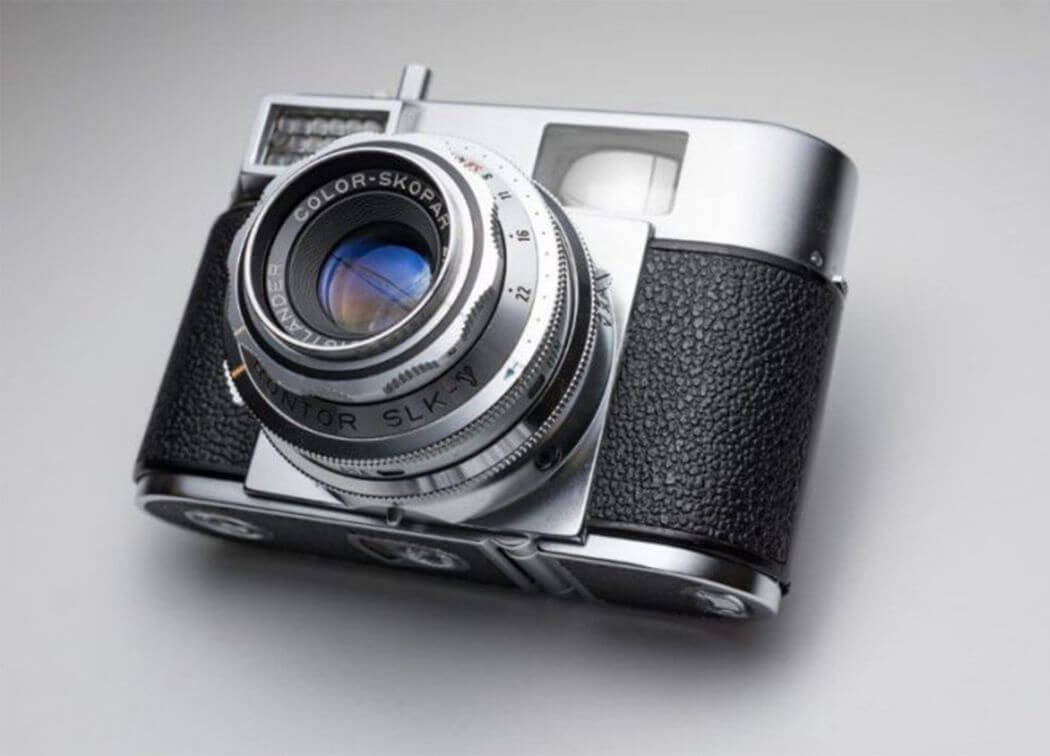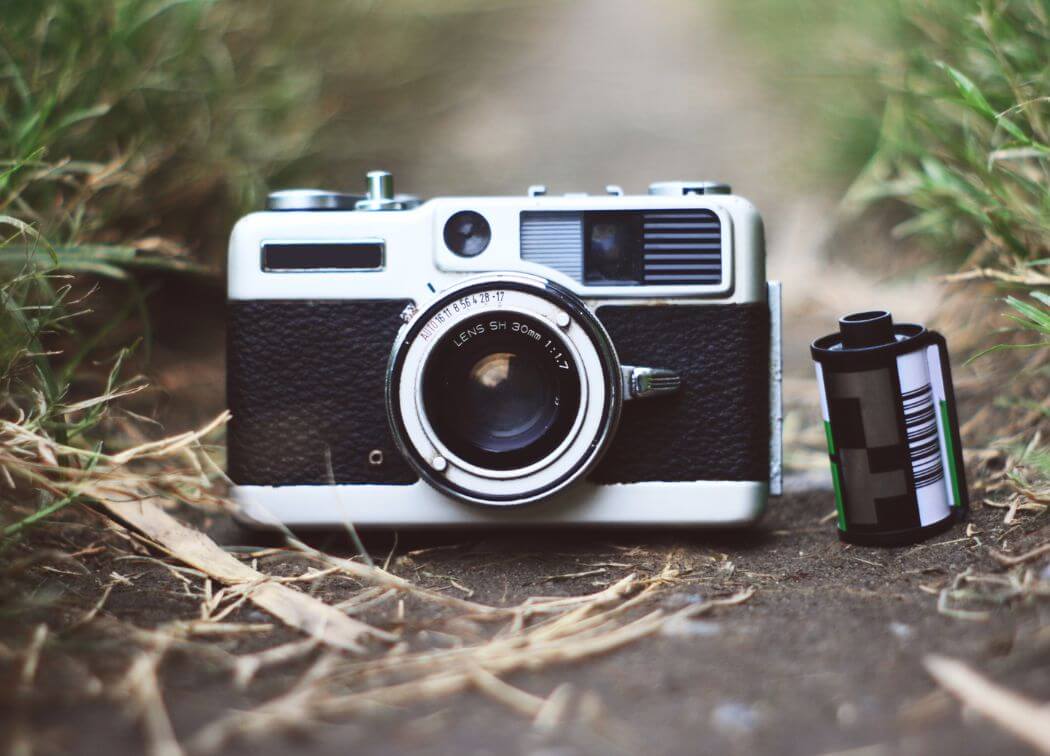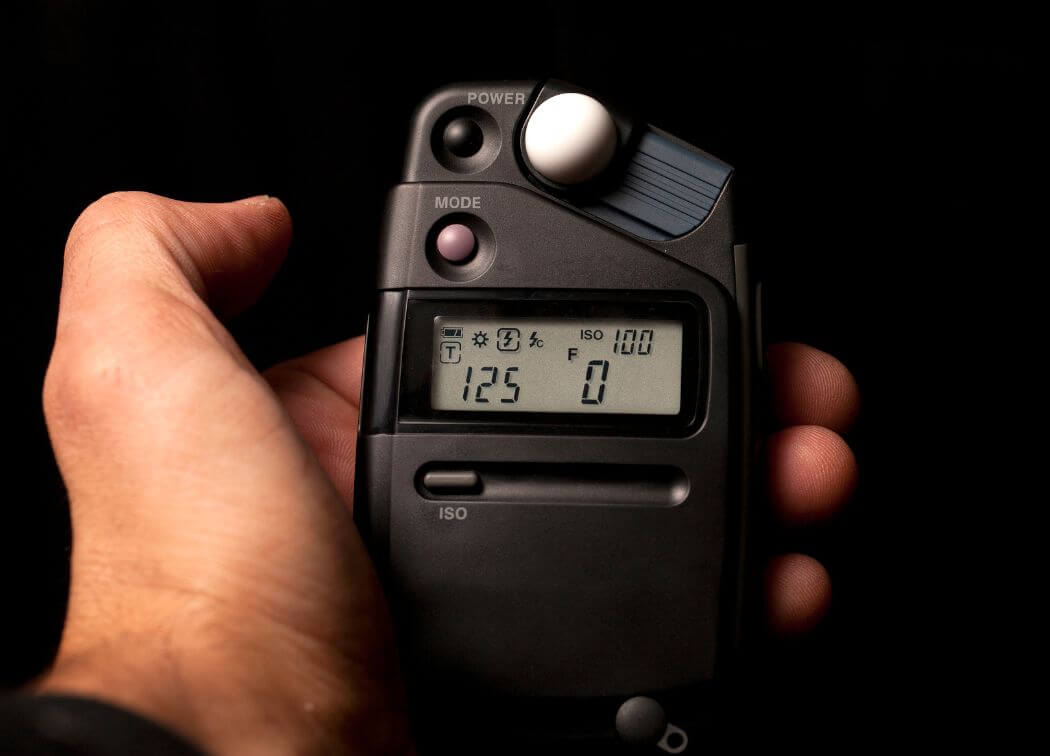Learn how to use a circular polarizer filter. Also, the main benefits, when to use it, when not to use it, how it works and what type to get.
Look at this topic across the internet, and you will likely find a variety of conflicting opinions and recommendations concerning this accessory. I am not attempting to reinforce or overcome any of those notions.
I am only going to share my personal experience on this topic, having a lot of experience shooting photos both with AND without a polarizing filter.
All of the photos used in this post were taken by me using a circular polarizer filter.
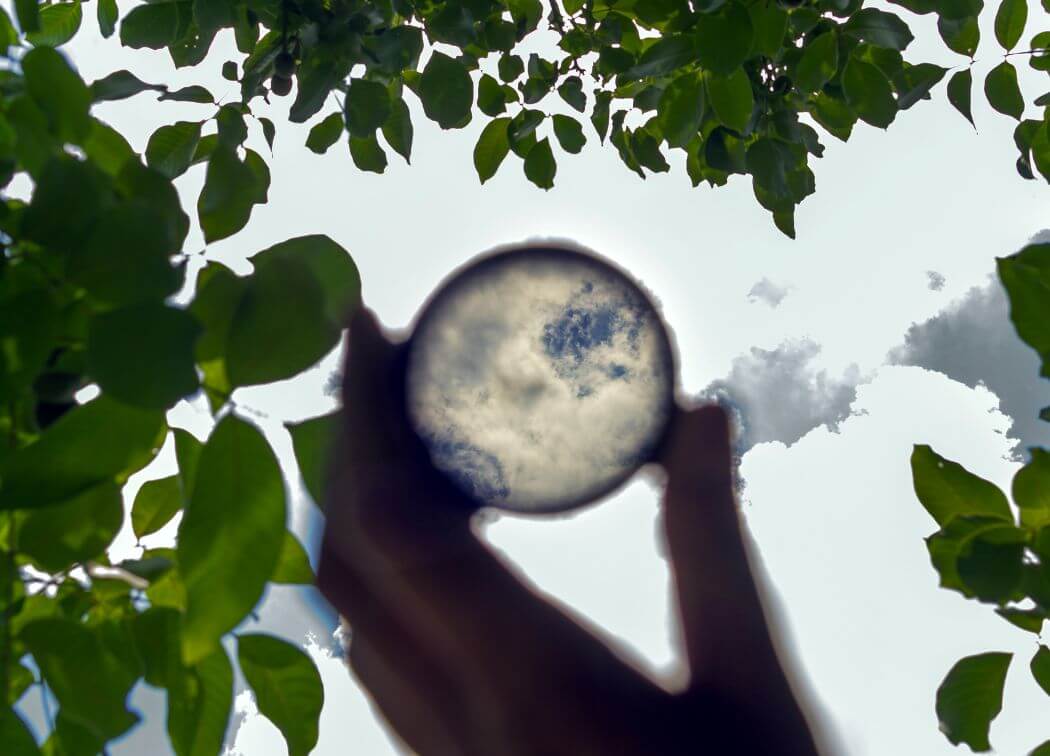
How do I use a circular polarizing filter (CPL)?
What is a Circular Polarizer (CPL)?
A CPL filter is an accessory that screws onto the front of the camera lens using the inner threaded part of the lens ring. Mechanically it is two plates of optical glass with special coatings.
The front part of the filter balances the light entering it through linear polarization much like a pair of sunglasses do when you wear them. The back part converts the linear polarized light to circular polarized light that camera optics and sensors can handle better.
In the photo above, the circular polarizer was adjusted to reduce the glare without removing the reflections
What does a CPL do?
A CPL filter is designed to do one thing and that is to control or remove reflected light. Reflected light comes in the form of glare, haze and amplified highlights.
We have all seen the effect of glare, haze and amplified highlights and how that can wash out photos, reducing detail, color and contrast. The front plate is able to be rotated to adjust the polarizing effects of the filter
What is atmospheric haze?
One factor causing haze is dust, smoke or other small particulates that obscure clarity. Another cause is water vapor. The reduction in clarity is partly caused by blockage of the images reflected light. The rest is caused by light reflecting from the haze particles themselves, causing glare.
Circular Polarizer (CPL) filters reduce haze glare by filtering out light that is scattering in directions other than directly toward you. Both types of haze (dust or vapor) are spectrally selective.
Shorter (blue) wavelengths are scattered more, and longer (red/infrared) wavelengths are scattered less. Therefore, CPL filters are often a slight blue/ultraviolet filter as well.
When would you want to use a CPL?
- When you need (want) to reduce glare from reflective surfaces
- If you want to control haziness caused my sunlight reflecting from moisture in the air
- When you want to improve contrast and color saturation
- If haze and/or poor contrast is washing out the details
How to use a circular polarizer filter
The method of how to use a circular polarizer filter is actually quite simple. Mount the lens you intend to use and fasten the filter to the front by holding the rim of the filter and screwing it onto the lens until just finger tight. Once mounted, the front part of the lens should still rotate.
While looking at the image through the viewfinder rotate the front plate of the filter until you get the desired effect. Watch the haze and glare lessen or increase. Notice the highlights in any reflected image as they get darker or brighter. Sometimes you will not see any effect at all. This means that most of the light you are seeing is already fairly linear.
In the above photo the haze and glare were pretty bad, but the circular polarizer helped clear up the shot, and allow the reflections to stand out.
To be, or not to be, neutral
One other attribute of a CPL can be seen as both a positive and a negative depending on what you are trying to accomplish. That is that it reduces light transmission much like a neutral density filter does.
Depending on the quality of the CPL, this can be from 1 to 4 stops. Typically, lower cost/budget CPL’s have a much higher reduction. These can also add undesired color cast attributes.
Usually a slight blue or green tint. More costly, higher quality CPL’s typically have very low light transmission reduction and little color cast. In this case you absolutely get what you pay for.
A useful reduction in light transmission
While discussing how to use a polarizer filter it should be mentioned that one thing that a CPL is good for is taking photos of waterfalls and other moving water. The slight light reduction allows for more slowing of the shutter.
A longer exposure will create that creamy blur you often see in moving water photos. Consequently, at the same time eliminating glare and reflection from the water. This may allow you to see the bottom of the creek or stream.
Why not leave it on all the time?
This is an option however, sometimes you want reflections, or creative haziness in the background. Don’t use one if you want to photograph rainbows, for example. You probably won’t want to use it when taking advantage of the golden hour light. Or if you are trying for lens flare or light strike artifacts on purpose. Plus, there is that reduction in light transmission. Like all tools there is a time and a place. You need to pick and choose the right time.
As mentioned above, it’s important to make sure you are getting good quality optical glass and neutral coatings on your CPL. And you absolutely do get what you pay for.
Information on specific equipment
While this is a post on how to use a circular polarizing filter, I thought you might want some info on the filters themselves.
Myself I use the Gobe brand CPL. All of the photos on this page were shot using a Gobe Filter. Their CPL’s come in 3 grades, they refer to them as 1 peak, 2 peak and 3 peak, with the higher number being the higher quality.
The 3 peak model uses premium German SCHOTT B270 optical glass for supreme clarity. Also, a premium neutral polarization coating on both plates with minimal light transmission reduction.
Lens Diameter Is Important
Also, if you decide to get one of these, make sure it’s the same size as the thread on the lens you plan to use it with. My wide-angle landscape lens is 77mm. The size should be just on the inside or outside of the lens ring.
Conclusion
Hopefully I have reduced some of the glare on this topic. If you found this information useful, please consider sharing it via the social media buttons so that others can find it.
Now that you know how to use a circular polarizer filter and when to use it, you are ready to go. So, let’s get out there and take some awesome photos!

